Social protection has always been at the core of welfare and development initiatives undertaken by governments across the globe. Public-sponsored protection of the poor and vulnerable has emerged as a mainstream concern for policymakers. These initiatives are not just about their immediate impact on challenged families but also about their systemic benefits—enabling higher employment levels, sustaining household consumption, securing pro-poor growth, and fostering social inclusion and national cohesion.
As outlined in Sustainable Development Goal (SDG) 1.3, social protection systems are essential to ensure that no one is left behind. They play a crucial role in shielding the vulnerable from poverty through cash or in-kind transfers to children, mothers with newborns, persons with disabilities, the unemployed, and older persons. Governments worldwide have implemented various social protection instruments or “safety net programs” to make poor and vulnerable families resilient to economic shocks, natural disasters, and other crises.
Countries across the globe have implemented diverse social protection programs to alleviate poverty and ensure equitable resource distribution. Brazil’s Bolsa Família, a renowned conditional cash transfer program, has lifted millions out of poverty by providing financial aid to low-income families while ensuring school attendance and vaccinations. In India, PM-KISAN offers direct income support to small farmers, while the Aadhaar-linked Public Distribution System (PDS) enhances food security by reducing leakages and ensuring targeted delivery. Kenya’s Hunger Safety Net Program (HSNP) provides unconditional cash transfers to the poorest households using digital payments and biometric authentication to prevent fraud. Meanwhile, the United States’ Supplemental Nutrition Assistance Program (SNAP) supports low-income families with food assistance, integrating digital tracking and fraud prevention measures to enhance efficiency. These programs exemplify how technology-driven social protection initiatives can create lasting impact and economic resilience worldwide.
Ethiopia: Productive Safety Net Programme (PSNP)
.jpg)
Ethiopia’s PSNP, one of Africa’s largest social safety net programs, provides food or cash to millions facing chronic food insecurity.
CSM has developed an integrated system that consolidates multiple welfare schemes under this unified platform. The introduction of a Social Protection Management Information System (SPMIS) has streamlined the identification and mapping of 11 million food-insecure beneficiaries, ensuring faster payments and improved grievance handling.
This approach enhances transparency, eliminates redundancy, and enables equitable distribution of resources. The end-to-end automation ensures:
- Streamlined beneficiary mapping: Using digital tools to identify and verify the right recipients.
- Faster crediting of payments: Reducing time lags in disbursing financial aid.
- Grievance handling: Providing a mechanism for beneficiaries to report and resolve issues efficiently.
- Data-driven decision-making: Governments can leverage insights to fine-tune policies and improve program reach.
The Social Protection Management Information System has proved to be a catalyst in effective implementation of PSNP. The technology anchored solution has also helped overcome the time lag in crediting payments to beneficiaries and in handling grievances efficiently. By injecting both transparency and timeliness, the system sets a new precedent in how nations dole out benefits of safety net programmes.
The Role of Beneficiary Management Systems
.jpg)
An integrated Beneficiary Management System (BMS) plays a vital role in ensuring effective implementation of safety net programs. It facilitates efficiency through:
- Beneficiary Identification: Ensuring that only eligible individuals receive assistance, reducing fraud and duplication.
- Program Targeting: Prioritizing the most vulnerable populations for aid distribution.
- Direct Fund Transfers: Leveraging digital payment mechanisms for secure and timely disbursement of benefits.
- Impact Assessment Framework: Monitoring and evaluating program success to drive improvements.
The Future of Beneficiary Management Systems
.jpg)
The evolution of technology in social protection is paving the way for innovative solutions. Governments are increasingly adopting blockchain, AI, and biometric authentication to improve efficiency and accountability. Countries like Estonia have fully digitized their welfare systems, while India’s Aadhaar-linked initiatives serve as a model for integrating technology into social protection.
To ensure lasting impact, collaboration between governments, technology providers, and civil society organizations is essential. The shift towards a digital-first approach in welfare distribution promises to enhance efficiency, inclusivity, and resilience, ensuring that social protection systems worldwide remain effective in the fight against poverty.



















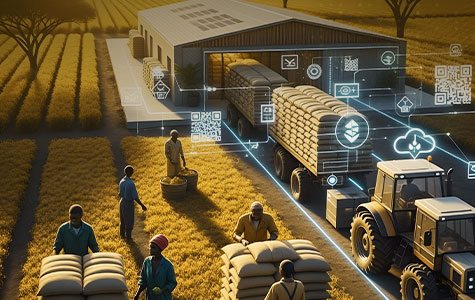

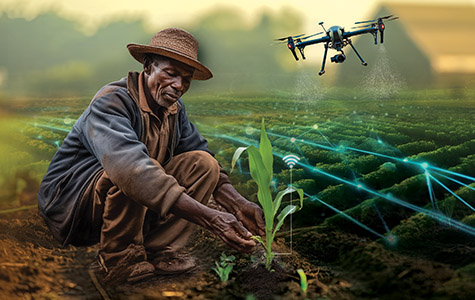


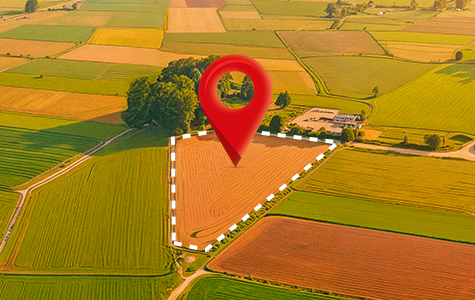




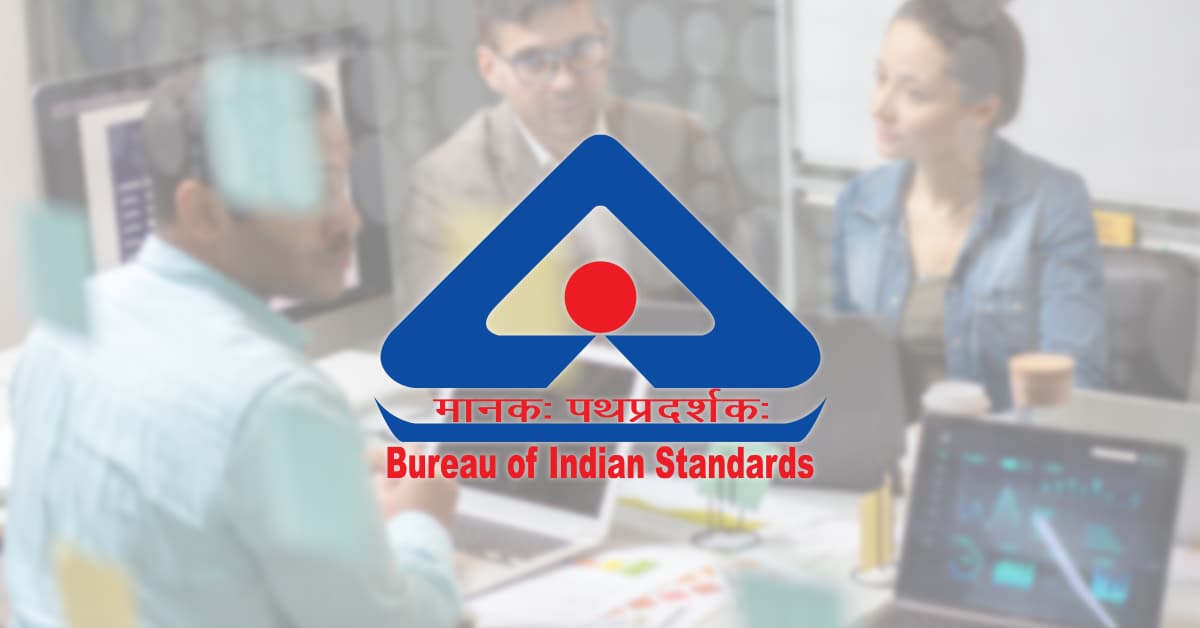

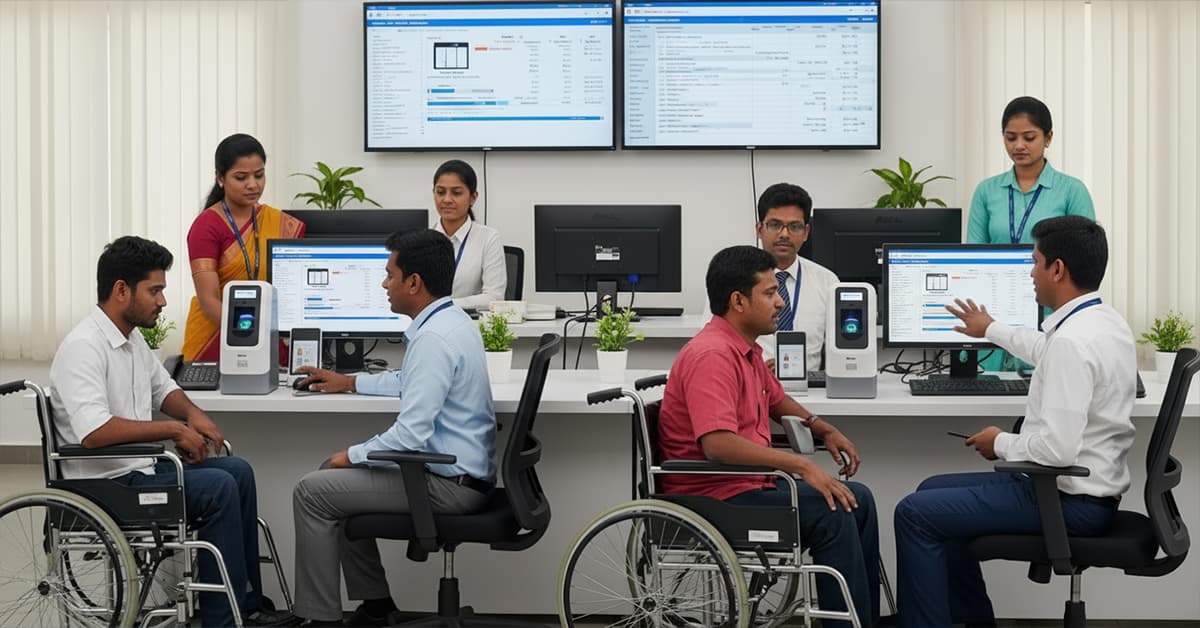














We will verify and publish your comment soon.